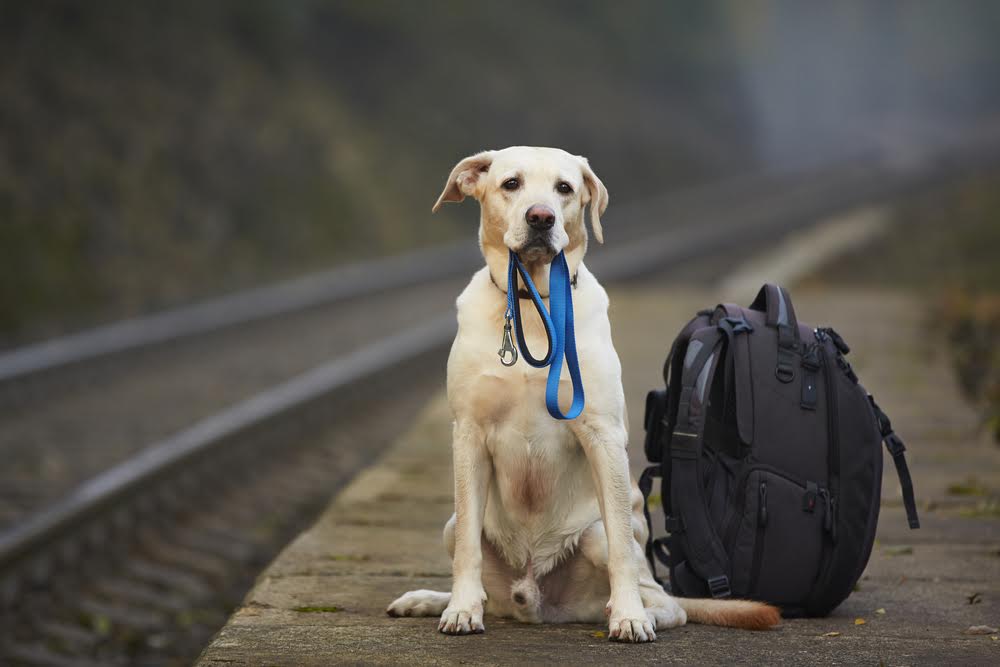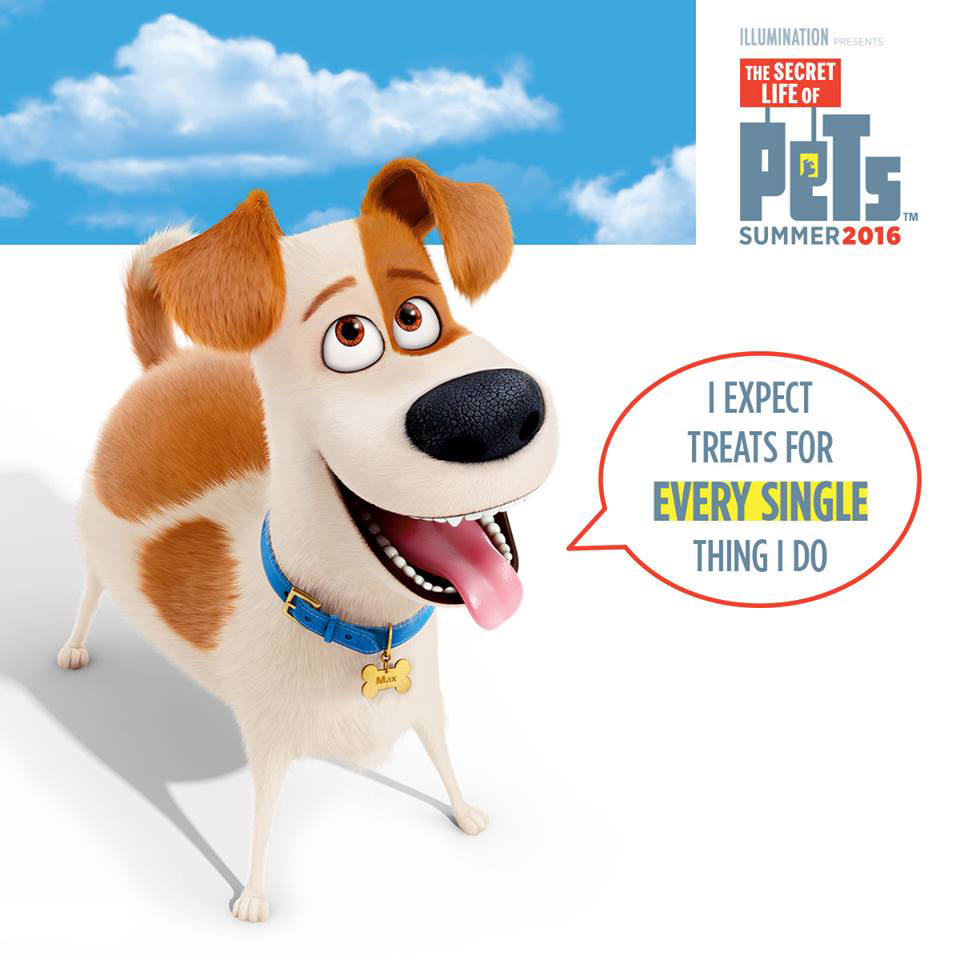Are you one of the many people who perceive puppy potty training difficult—or even impossible? It’s actually easier than you think.
Today we’re going to give you advice straight from a professional puppy trainer on how to potty train a puppy from as young as 6 weeks old. So whether you’re a breeder who wants to sell ready-trained puppies, or a new dog owner; these tips will help you and your puppy succeed.
Develop a Routine
Routine is by far the most important factor in getting your puppy trained fast. There are three routine steps to take into consideration:
- A feeding routine
- A potty routine
- A sleeping routine
Let’s look at each one more closely.
A Feeding Routine
Ensure that you feed your puppy at the same time every day. Your puppy will start expecting to be fed at that time each day, which will automatically prompt a potty routine.
Avoid leaving food out for your puppy for it to eat whenever it feels like it. If it isn’t hungry, take the food up and feed it again at the next interval. A great way to create a feeding routine is to feed your puppy once in the morning and once in the afternoon.
Take your puppy outside about 15 – 20 minutes after its meals to do its business outside. With repetition your puppy will be potty trained within a matter of days.
A Potty Routine
Apart from its normal feeding & sleeping routine, take your puppy outside at the same time each day. You’ll soon start learning how often your puppy needs to go outside to potty, so set designated times for it to do so. three or four times in the middle of each day should be sufficient—depending on how much it eats and drinks.
A Sleeping Routine
Your puppy’s sleep routine ties into its potty routine too. It’s important to let your puppy go outside just before it’s being put to sleep. Your puppy will quickly learn that potty before bedtime is the norm, and this will reinforce the habit of doing its business outside.
Read the Signals
There will be times outside of feeding and bedtime when your puppy will need to potty. It will give you signals that it is about to go by one or more of the following:
- Circling around
- Sniffing the ground
- Folding its body
Dedicate yourself to watching your puppy. If it shows these signs or any other characteristic sighs of wanting to potty, pick it up and take it outside quickly. It will quickly learn that doing its business inside is unacceptable.
Establish a Designated Potty Area
Throughout your puppy potty training, always direct your puppy to generally the same outside area every time. The smells of previous potty sessions will trigger its memory, and with repetition it will learn where it needs to go for a comfortable wee or pool.
Deal with Accidents Effectively
When accidents happen, see this as a training opportunity rather than a failure. Punishing your puppy won’t do much good in the long run. A stern “No!” is all your puppy needs to know that what it has done is not acceptable.
If it’s a poo take it outside to its designated area and show your puppy that next time this is where you want it to do its business. If it’s a wee, pick your puppy up and put it outside for a few minutes.
Also be sure to clean up the mess with something that takes away the smell completely.
Use Positive Reinforcement
Be patient and calm while training your puppy and you’ll be amazed at how quickly it responds to your training efforts. Before you know it your puppy will be potty trained and automatically go outside when it needs to.
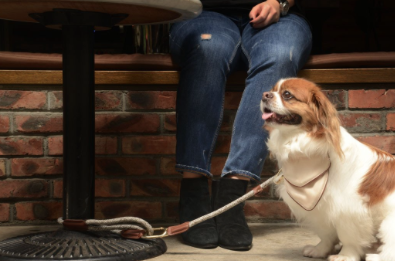

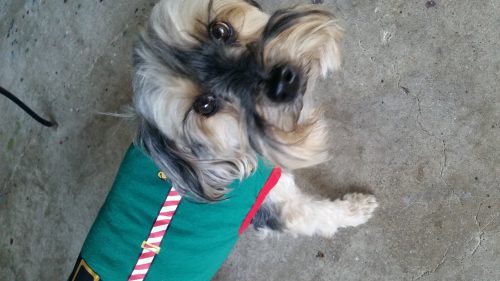

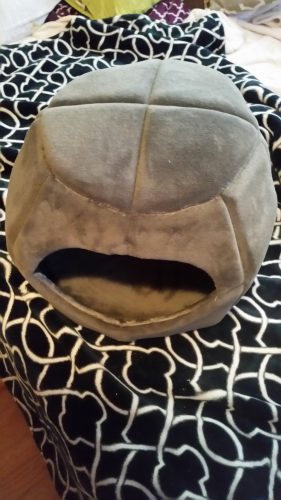 Convertible Igloo Pet Bed – This 2 in 1 pet bed is a great option for anyone interested in the Igloo bed but might not want to use it year round. My dog loves it in the winter when my room tends to get cold. In the summer I can use it just as a regular bed. The only thing is it seems to only come in a small size so good for small dogs and cats. You can check it out on Amazon.
Convertible Igloo Pet Bed – This 2 in 1 pet bed is a great option for anyone interested in the Igloo bed but might not want to use it year round. My dog loves it in the winter when my room tends to get cold. In the summer I can use it just as a regular bed. The only thing is it seems to only come in a small size so good for small dogs and cats. You can check it out on Amazon.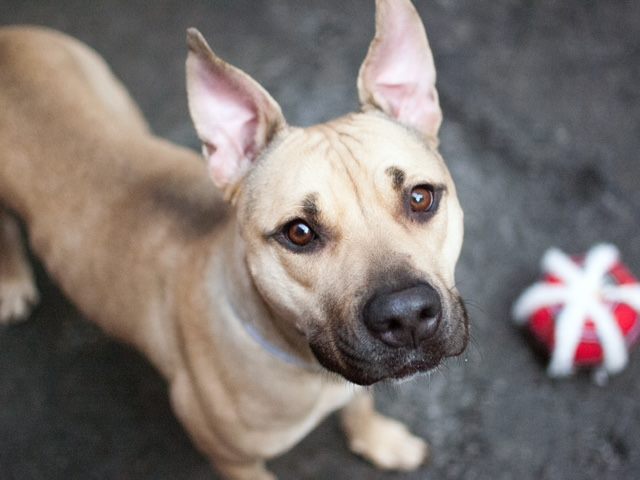
 There are a ton of options out there for pet owners these days when it comes to leashes and harnesses, but most of these are pretty standard. I mean a leash is a leash right? I confess that has been my belief for some time, but not any longer.
There are a ton of options out there for pet owners these days when it comes to leashes and harnesses, but most of these are pretty standard. I mean a leash is a leash right? I confess that has been my belief for some time, but not any longer. 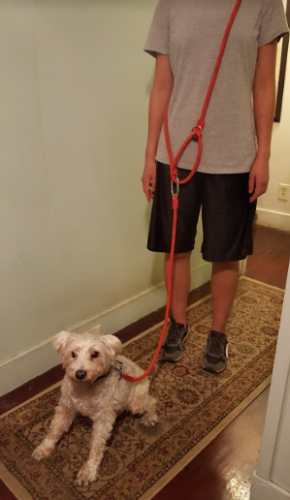
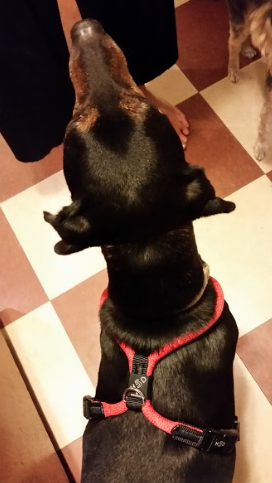 There are two lines to pick from at
There are two lines to pick from at 